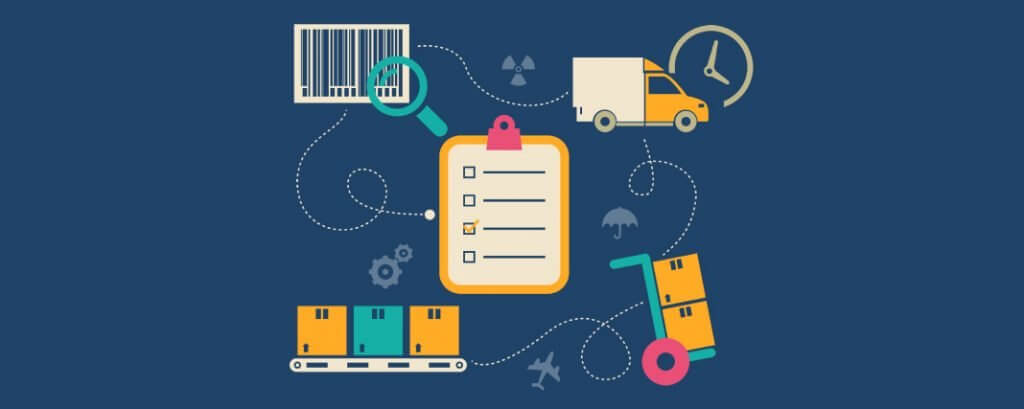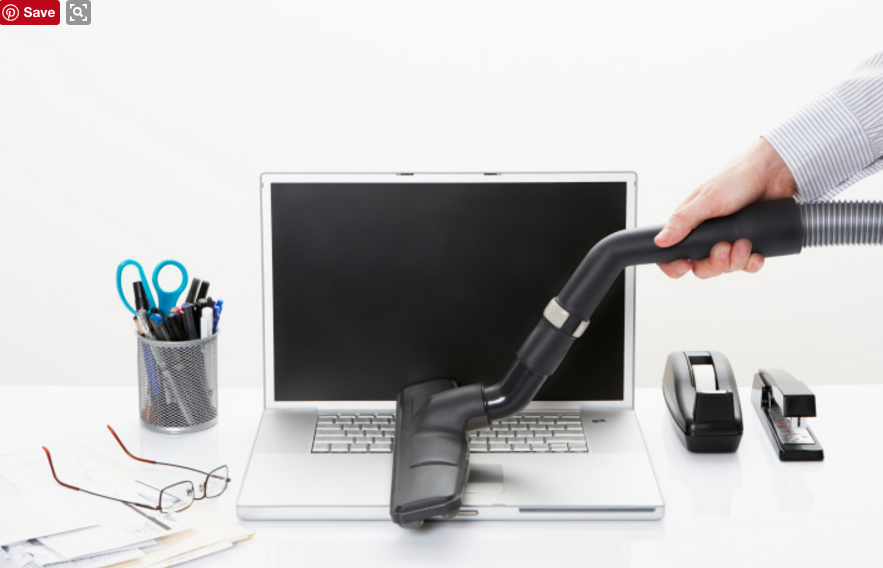
If you are one of them, one of the technologies that can immensely improve the efficiency and productivity of your employees and processes is an inventory system. It is designed to streamline inventory management and address minor inventory problems, e.g. out of stock occurrences, overstocking, inaccurate record keeping, that can become a serious threat if accumulated, thereby refining your business operations on a daily basis and improving the vitality of your business as a whole.here are many alternatives you can implement to improve your operational performance. For instance, a Vendor Managed Inventory system helps businesses at each step in the supply chain to streamline their processes and improve their financial performance. VMI involves close strategic relationships between vendors and their customers by putting the vendor in charge of the customer’s inventory.
But how do you know when is the best time to invest in an inventory system? Read on and be guided…
“Should I Invest in an Inventory System or Not?”
Phase 1: First and foremost, you have to understand and gauge where your inventory control level is. Basically, if your business is not facing any menacing inventory issues and you just want to take your inventory management to the next level, basic inventory system packages will do good already. However, if after evaluating your current inventory system’s efficiency and the results yielding, you might want to think over thoroughly.
To help you assess if your business is running at average efficiency at the least in terms of managing inventories, we have gathered a few essential questions that you should answer with all honesty:
· Do you run out of inventory? If yes, how often?
· How often do you overstock? How much money have you lost or kept in a stall from overstocking?
· Do you have a barcode system or any automation to fast track your inventory tracking and labeling?
· Is your warehouse cluttered or still spacious and navigate-friendly?
· Is your warehouse wide? How long does it take for your staff to roam around it?
· Did you ever have a safety hazard check?
· Are you keeping inventory records in papers or are you using a computerized system already?
· How do you update inventory records? How much time does it take to update one record?
· If your system is already computerized, can it cater to promotions and discounts? Or do you compute it manually?
· Do you value customer feedback?
Try answering the abovementioned questions as much as possible and use them as reference points to know which areas of your inventory process are running at an optimum and which need improvement. For instance, if you are frequently experiencing stock outages, then one of the features you should prioritize the most should you decide to invest in an inventory system is an inventory control system. This will help you monitor the inventory movements efficiently. Meanwhile, if your current inventory management is suffering from the consequences of manual work, then you should find a solution that can automate your processes at best.
Phase 2: Now that you have taken a look at how your current processes are doing, the next phase to be in is recognizing how an inventory system can come to the rescue in solving your inventory problems and boosting your profits in the long run without demanding a lot of effort on your behalf.
Inventory systems are one of the greatest investments retail business owners can make because of the many perks they come with. They can streamline every area of your retail business’s inventory operations. It also maximizes the return of investments by facilitating a strengthened relationship with your suppliers, customers, and employees by easing the burden of inventory monitoring and management while attending to other daily operational tasks.
At the core, an inventory system can forecast future inventory after analyzing the ins and outs of products from recorded inventory transactions. This facility can help you make the right buying decisions besides enabling you to take past sales besides current trends into account in selecting which items to restock better in the future. This set of data can help to firm your inventory buying actions and ensuring that, as much as possible, the products kept your warehouse are only those that your customers want.
Another perks of having an inventory system are how it provides easy customization means of product-related data, e.g. pricing, name, item code, description, reorder points, etc., and how it monitors and consolidates orders like how a point-of-sale system functions.
Phase 3: This phase is how you set the line against the cost you should shoulder for an inventory system.
As per seasoned entrepreneurs, it always takes money to make money. That may be the case but nowadays, there are already inventory system packages in the market that may not necessarily hurt your pocket.
Basically, the cost of an inventory system is defined by two factors: first, your software investment range; and second, your insights into your company. The market has been offering a wide range of inventory system options nowadays with a monthly subscription ranging from $99 to $2,000 a month. There are also packages that require one-time payment but they may be limited in terms of system support that may be needed in the future. At the end of the day, it depends on what features you are prioritizing the most while you are in the hunt for an inventory system and what features you can compromise for the meantime if you are currently on a limited budget.
Some inventory system providers that offer free trials can give you a glimpse of what you will be paying for. You might want to take advantage.
Phase 4: Choosing the right inventory system for your business.
Now that you already have an in-depth understanding of your requirements, the costs involved, and the great things an inventory system can do for your business, you probably are finally ready to select from your wide range of options. Before you get carried away, though, below are some areas you might want take into account:
· The number of employees to use the system. Is your inventory system open for it?
· The size of your inventory data. Can it cater to bulk data from different branches?
· How scalable is it? Does it accept and sell gift cards in case you’ll offer them in the future?
· Does it come with a mobile inventory app? This gives you an edge over the competition in this digital age.
This is an article provided by our partners’ network. It does not reflect the views or opinions of our editorial team and management.
Contributed content

Founder Dinis Guarda
IntelligentHQ Your New Business Network.
IntelligentHQ is a Business network and an expert source for finance, capital markets and intelligence for thousands of global business professionals, startups, and companies.
We exist at the point of intersection between technology, social media, finance and innovation.
IntelligentHQ leverages innovation and scale of social digital technology, analytics, news, and distribution to create an unparalleled, full digital medium and social business networks spectrum.
IntelligentHQ is working hard, to become a trusted, and indispensable source of business news and analytics, within financial services and its associated supply chains and ecosystems





























